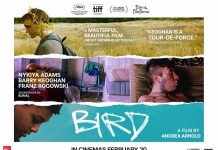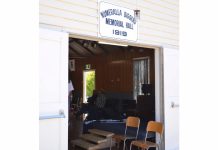Jeff Popple reviews three books about ANZACs, gambling and the shark arm murder for Australia Day. More of Jeff’s reviews can be found on his blog: murdermayhemandlongdogs.com
Please Gamble Irresponsibly by Titus O’Reily
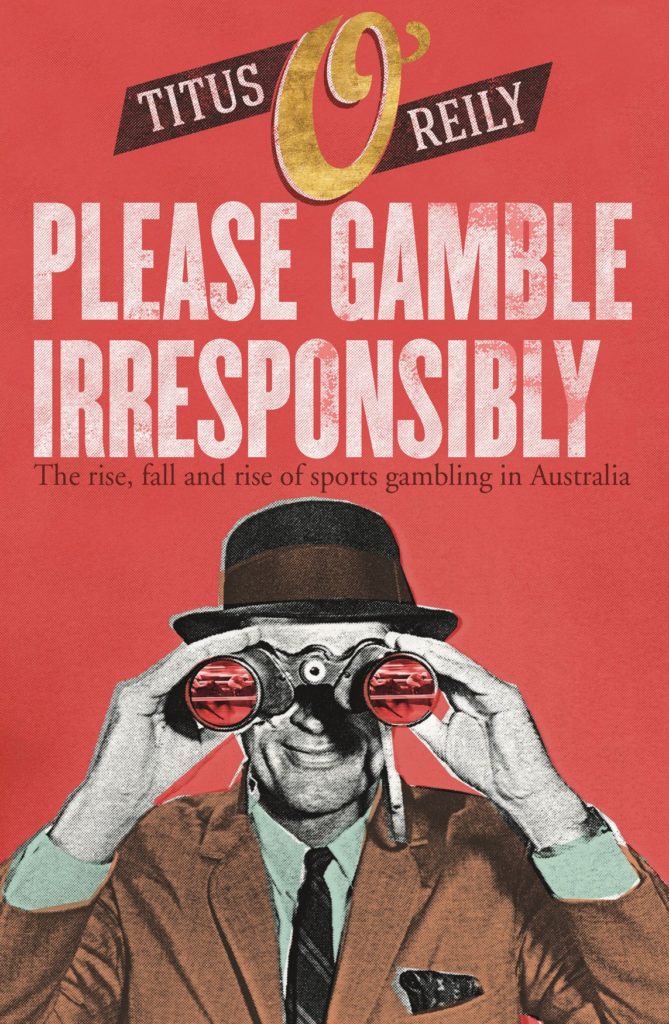
Michael Joseph, $34.99
The Australian fondness for gambling is arguably one of the more worrying aspects of our culture. In Please Gamble Irresponsibly, popular sports comedian and commentator Titus O’Reily takes an irreverent look at the history of Australian sports gambling and how we have achieved the accolade of being the ‘biggest gambling nation in the world’. It is full of amusing stories and interesting historical snippets, as well as some useful tips: ‘gambling is an investment strategy on par with investing in your local pub by buying lots of drinks there’. It is a highly entertaining read, but one that casts a sad light on our national gambling obsession.
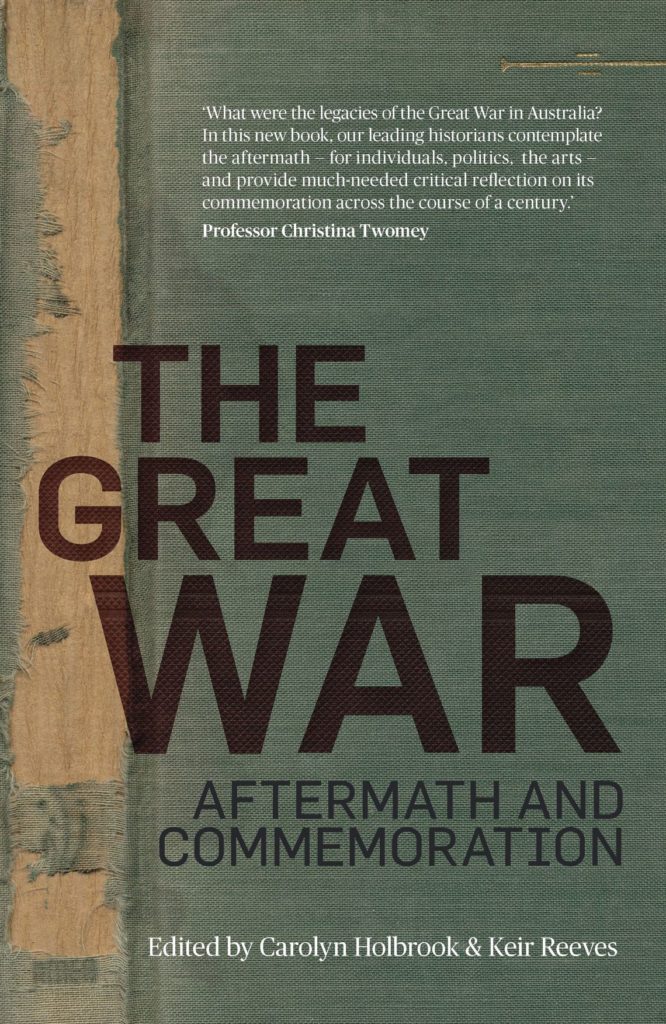
Shark Arm by Phillip Roope and Kevin Meagher
Allen & Unwin, $32.99
The ‘Shark Arm Murder’ is the quintessential Australian true crime story. In 1935, a recently trapped tiger shark stunned watchers at a Sydney aquarium by vomiting up a human arm tattooed with a blue boxing man. The tattoo identified the victim as being Jim Smith, an ex-boxer and petty police informer. His murder shone a light on some very unsavoury activities in Sydney, but the guilty parties closed ranks and no one was convicted of Smith’s killing. Now, Roope and Meagher take a new look at the crime and uncover a fascinating story of high-class smuggling, cover-ups and more murder. Recommended.
More Book talk:
The Great War edited by Carolyn Holbrook and Keir Reeves
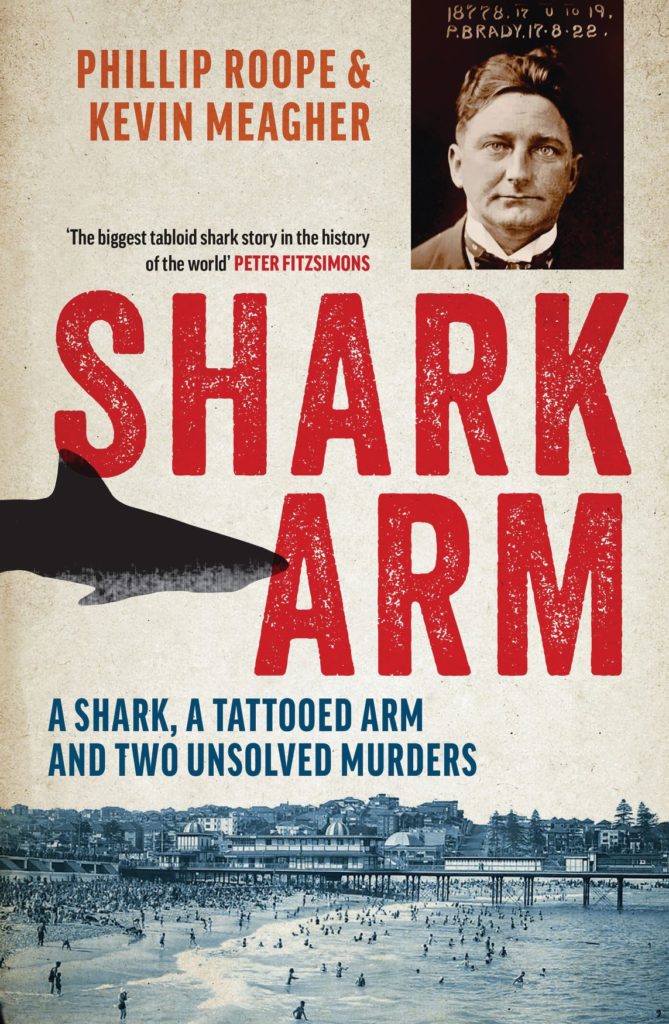
UNSW Press, $34.99
The ANZAC legend is a fundamental element of the Australian psyche and one which has received feverish, and largely uncritical, attention in recent years. In The Great War, the editors have collected an impressive range of articles by some of Australia’s leading historians, which look at the immediate aftermath of the First World War and the subsequent growth in ANZAC commemoration. They consider a range of topics from Indigenous veterans to the impact of the war on politics and how the ANZAC legend has shaped Australian culture. Well argued and provocative, the essays in this book should be compulsory reading at Australian high schools.

